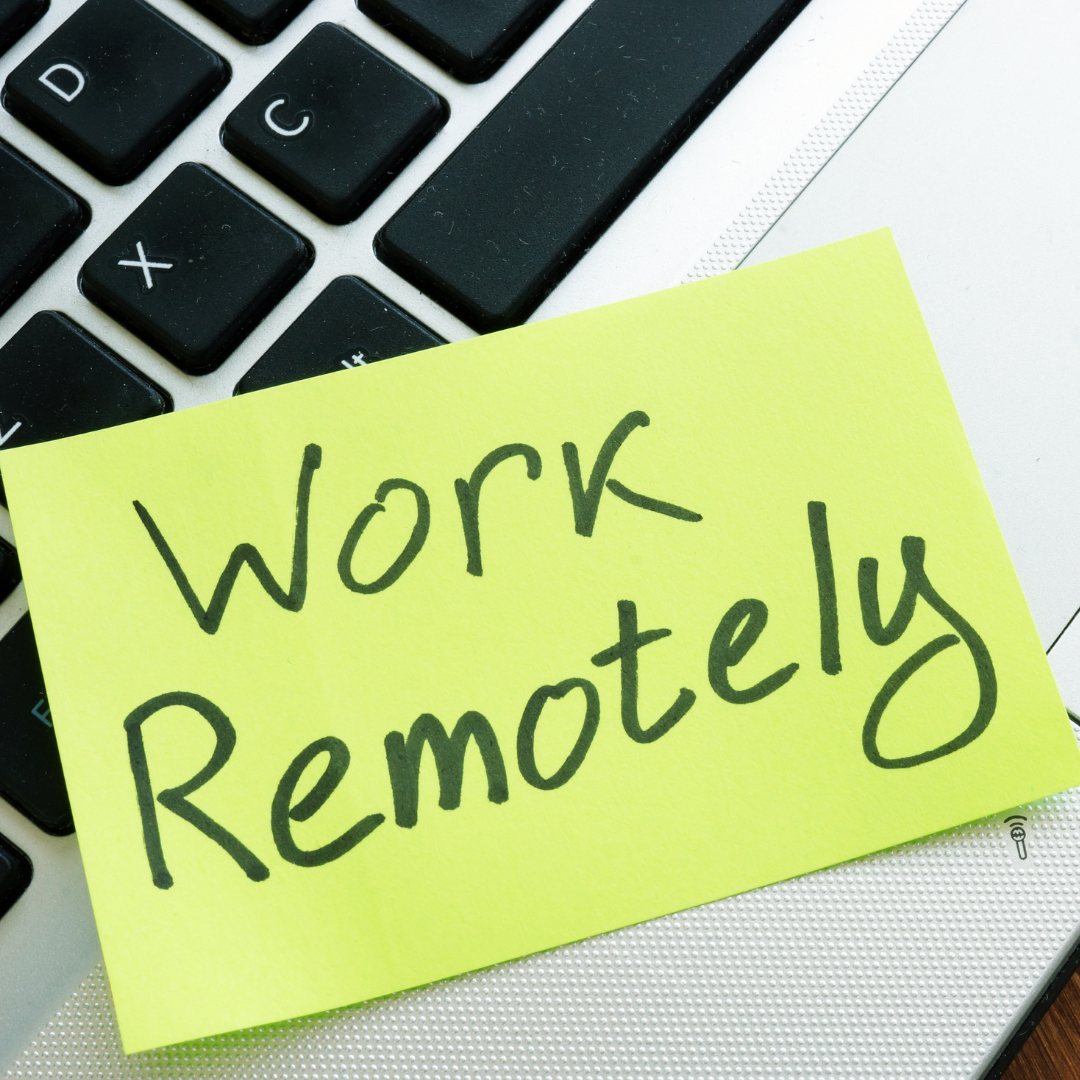
Remote Work vs Office Jobs: What Do Employers Prefer in 2025?
The remote work revolution began out of necessity—but in 2025, it’s become a strategic decision. As companies rethink how and where work gets done, a key question arises:
What do employers actually prefer now—remote workers or office-based employees?
At DVHR, where we match job seekers with industry-specific roles, we’ve seen the landscape shift significantly. This blog breaks down current employer preferences, the factors influencing them, and what it means for job seekers like you.
🔍 The Current Reality in 2025
The pandemic may be in the past, but its impact on work culture is long-lasting. Today, the majority of companies fall into one of three categories:
Fully Remote
Hybrid (a mix of remote and in-office)
Fully On-site
According to recent DVHR hiring data and industry surveys:
43% of employers prefer a hybrid model
36% still support fully remote roles
21% require full-time office presence
🏢 Why Some Employers Still Prefer Office Jobs
While remote work has its advantages, some companies value in-office work for reasons like:
Collaboration & Team Culture: Spontaneous discussions, brainstorming, and real-time problem solving are easier in person.
Productivity Monitoring: Managers often feel more in control when they can see the work environment.
Security & Compliance: Sensitive industries like finance, defense, and healthcare may require secure on-site infrastructure.
Training & Onboarding: For new employees, learning is often faster when done in person.
🏠 Why Many Employers Embrace Remote Work
On the other hand, remote work remains highly popular—especially in tech, design, digital marketing, and other knowledge-based industries.
Employers like remote setups because they:
Access a wider talent pool, regardless of geography
Save costs on office space and utilities
Report higher job satisfaction and retention among remote employees
Allow flexible work hours, which can boost output
Many startups and mid-size companies, especially those in the tech space, are now fully remote by default.
🔁 The Rise of the Hybrid Model
If there’s one dominant trend in 2025, it’s hybrid work—where employees split their time between remote and office environments.
Employers favor this model because it offers the best of both worlds:
In-person collaboration when needed
Remote focus time for productivity
More flexibility without losing control
Easier talent acquisition with some location flexibility
Tip for Job Seekers: Be open to hybrid roles if you want access to more job opportunities while maintaining some work-from-home flexibility.
👔 What This Means for You
If you’re job hunting in 2025, here’s how to stay competitive:
✅ Clearly state your work preferences (remote, hybrid, office) in your DVHR profile
✅ Be flexible if possible—some companies offer partial remote or office options
✅ Highlight remote collaboration tools you've used (Zoom, Slack, Notion, etc.)
✅ Be prepared to explain your productivity and communication style if working remotely
📊 Final Thought: There’s No One-Size-Fits-All
The question isn’t “remote or office?”—it’s “what works best for the company and the role?”
As a job seeker, your focus should be on understanding where your skills are needed, being clear about your preferences, and using platforms like DVHR to find roles that match both.
